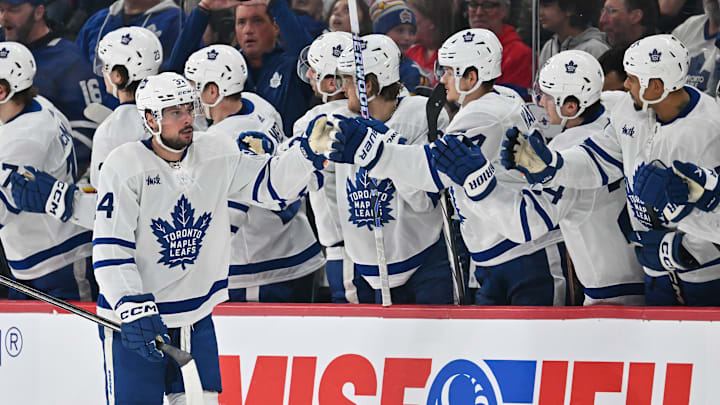The regular season is almost done, and Toronto Maple Leafs fans are eagerly awaiting the start of the Stanley Cup Playoffs. Optimism never dies in Leaf Nation, but as always, there are questions surrounding this team’s ability to go on an extended playoff run.
Will either Ilya Samsonov or Joseph Woll provide the kind of goaltending the Toronto Maple Leafs need to advance?
Will the talent-thin defensive corps hold up well enough to prevent an avalanche of goals against? Can the top end talent score like they do during the regular season?
Comparing this year’s playoff roster against last year’s, I think last season’s team was better (at least on paper). Also, the Leafs will finish the current season with fewer points than they did in 2022-2023.
Heading into last year’s playoffs, I was fairly confident that the trade deadline additions made by then-GM Kyle Dubas would help the team excel. Guys like Ryan O’Reilly, Luke Schenn and Noel Acciari were exactly what the Toronto Maple Leafs needed. Except that they weren’t.
The new guys played well for the most part, and the Toronto Maple Leafs finally made it out of the first playoff round, but ultimately the Leafs fell somewhat meekly to the Florida Panthers in five games.
Why Did the Toronto Maple Leafs Fail, and What's Different This Time?
Why did they fail against Florida?
Sergei Bobrovsky. Auston Matthews had 26 shots and 32 individual scoring chances during the five game series and didn't score a signle goal. Four of the five games in the series were one-goal games, and that was the difference.
Despite the facet that last year’s team was better overall than the current version, it may well be that this year’s roster has more success.
Let's look at how that can happen.
